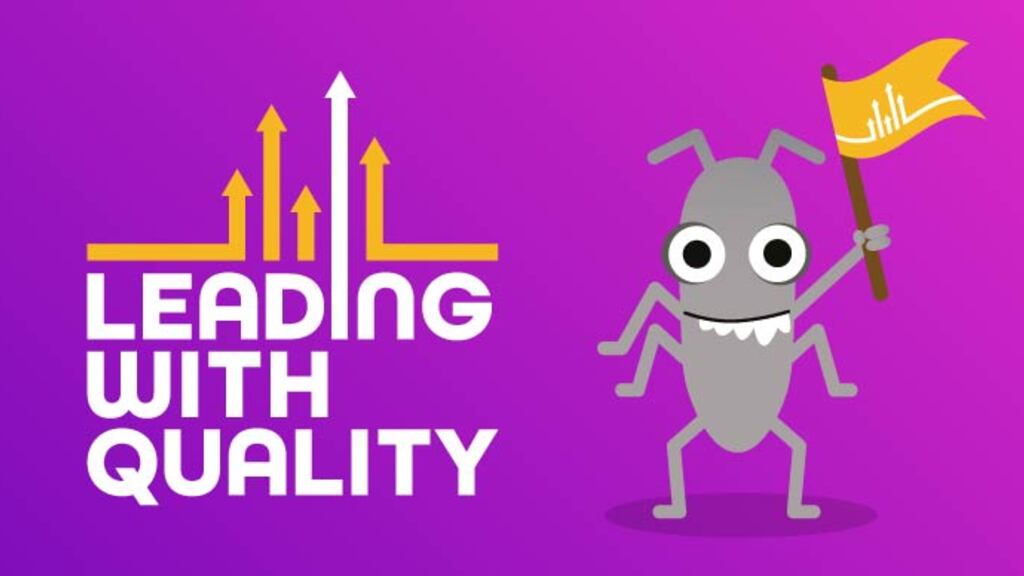What is shift-left testing?
Shift-left testing is an approach that emphasizes moving testing activities earlier in the software development lifecycle. It focuses on identifying and addressing defects during the initial stages of development, such as requirement analysis and design, rather than waiting until later phases.
It’s the opposite of shift-right testing, where testing happens in production with real users and data. Together, they form a complete testing approach.
It’s the opposite of shift-right testing, where testing happens in production with real users and data. Together, they form a complete testing approach.
Do you have any examples of shift-left testing?
A security team spots potential vulnerabilities during architecture reviews, before any code is written. They work with developers to design secure solutions upfront, rather than discovering security holes during pre-release testing.
This prevents expensive rework and builds security into the foundation of the product.
This prevents expensive rework and builds security into the foundation of the product.
Why is shift-left testing important?
Fixing a bug right after you create it might take minutes. Finding that same bug weeks later takes hours to investigate, fix, and retest. Shift-left catches problems when they're cheap to fix and helps teams build quality into their product from the start, rather than trying to test it later.
What are the challenges with shift-left testing?
Shift-left demands more from everyone. Testers need to understand requirements and architecture deeply enough to spot problems early. Developers need to write testable code and run tests as they work. Teams need tools and processes that support early testing.
But the biggest challenge? Culture change—meaning getting everyone to see testing as a shared responsibility that starts on day one.
But the biggest challenge? Culture change—meaning getting everyone to see testing as a shared responsibility that starts on day one.





